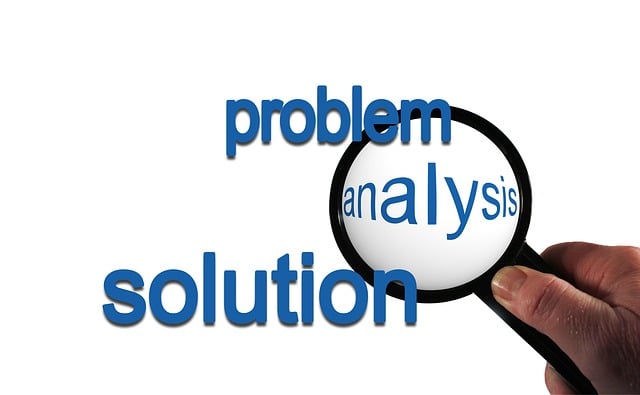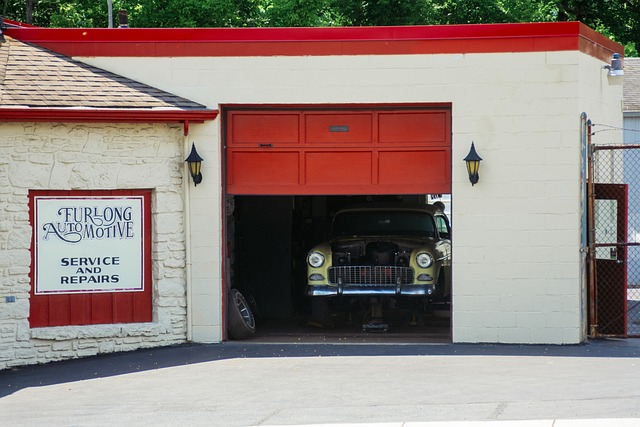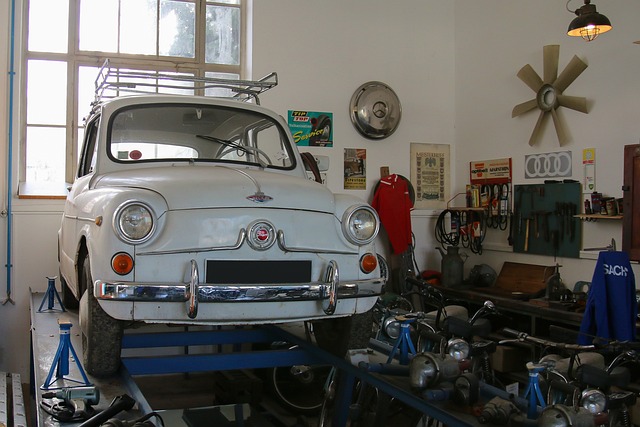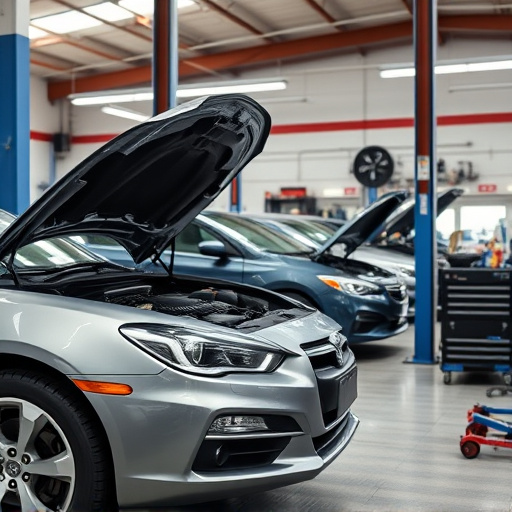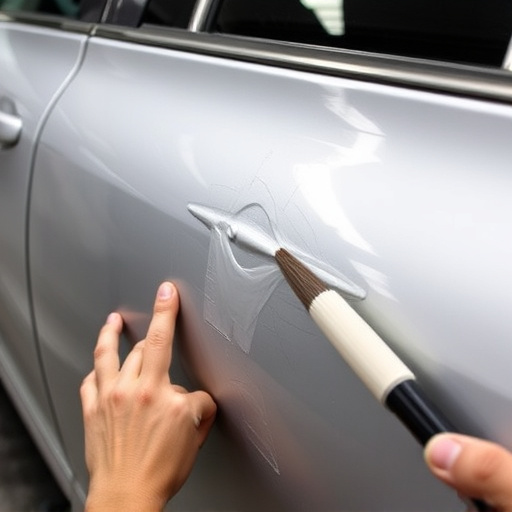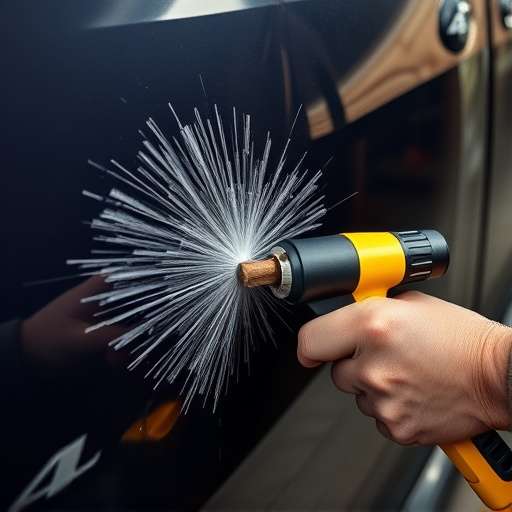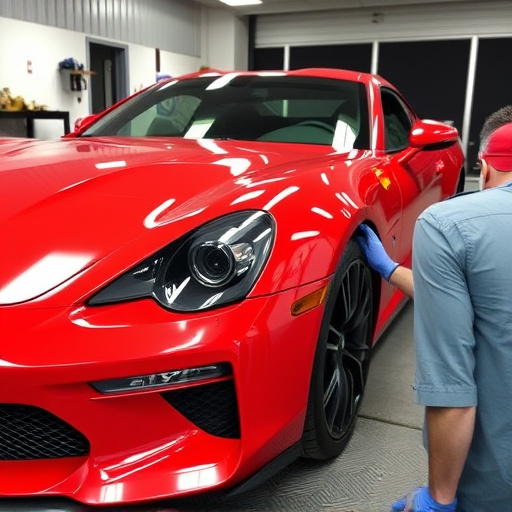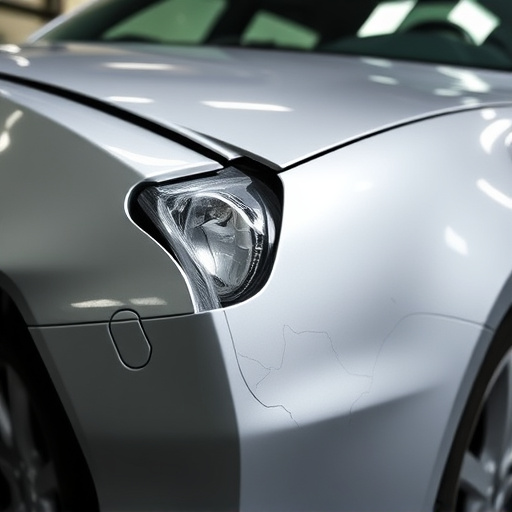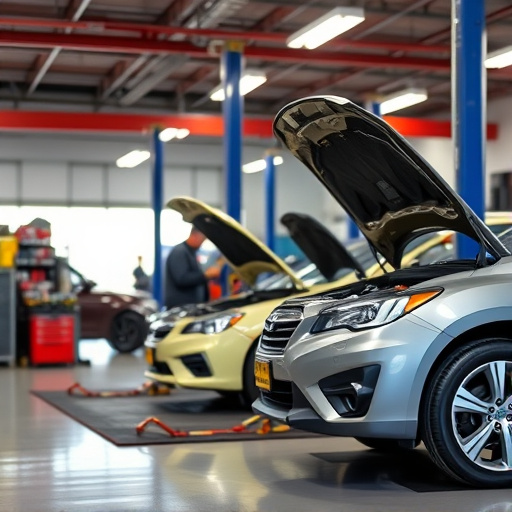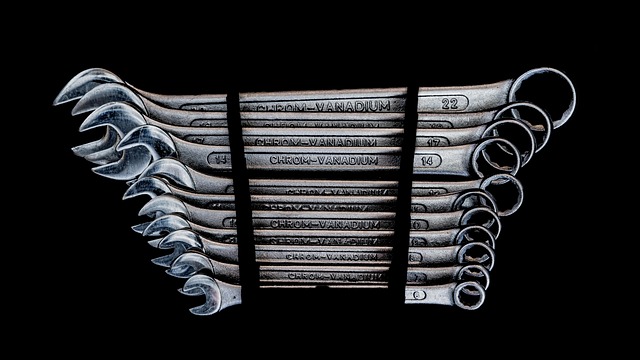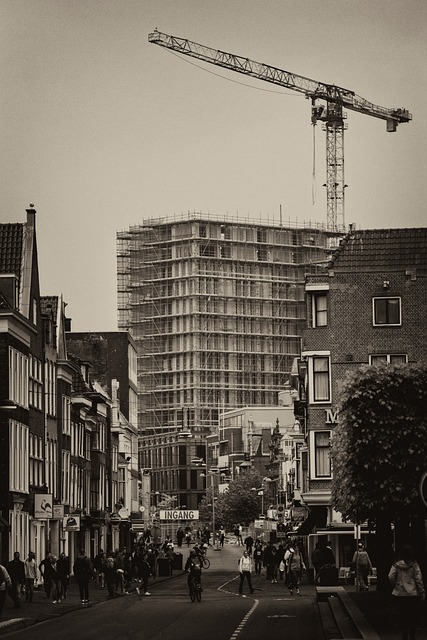Tesla's seatbelt pretensioners automatically tighten belts during collisions, but require a reset after any crash or structural damage. Timely resets ensure optimal passenger safety by maintaining effective pretensioner functionality, crucial for preventing injury. Proper resetting involves qualified bodyshop specialists inspecting and repairing components, especially after auto glass or frame work. Ignoring resets increases risk of incorrect deployment in future accidents.
In the event of a collision, Tesla’s advanced safety systems, including seatbelt pretensioners, play a crucial role in protecting occupants. This article guides you through the process of resetting your Tesla’s seatbelt pretensioner after a crash impact. Understanding how these mechanisms function and knowing the proper reset procedures are essential for maintaining optimal safety standards. We’ll walk you through the steps, highlighting important safety measures to ensure your peace of mind on the road.
- Understanding Tesla Seatbelt Pretensioners
- Resetting After a Collision Impact
- Safety Measures and Guidelines
Understanding Tesla Seatbelt Pretensioners
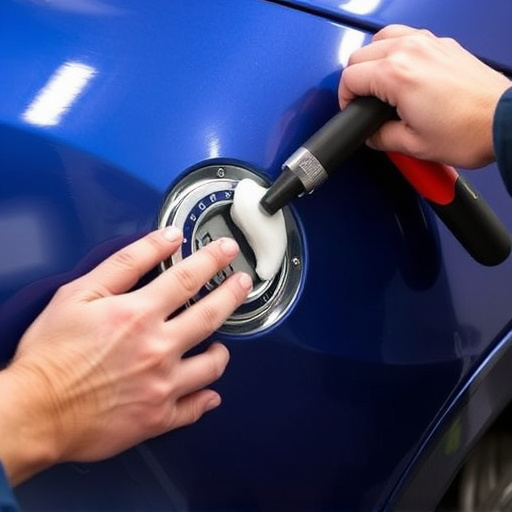
Tesla’s seatbelt pretensioners are advanced safety features designed to secure passengers firmly in their seats during a collision, reducing the risk of severe injuries. These pretensioners automatically tighten the seatbelts to restrain occupants and minimize the impact force. This innovative system is a key component of Tesla’s advanced crash protection technology, ensuring that drivers and passengers remain safe in the event of an accident.
Understanding how to perform a Tesla seatbelt pretensioner reset after a collision is crucial for both vehicle owners and auto body shops specializing in car bodywork and automotive restoration. Following a crash, it’s essential to inspect and reset these mechanisms to ensure they function correctly during future drives. Proper maintenance and timely resets contribute to optimal passenger safety, making it an important procedure in the aftermath of a collision.
Resetting After a Collision Impact
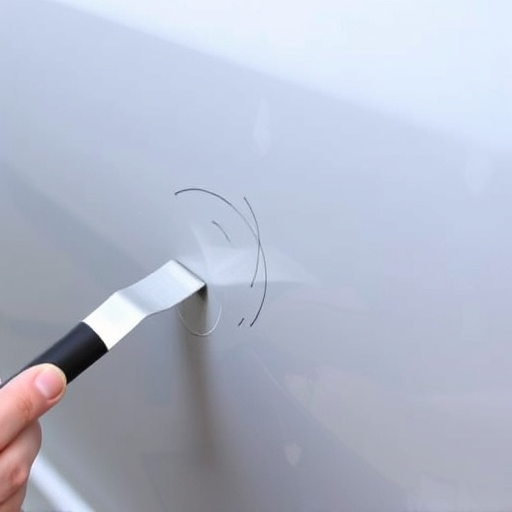
Following a collision, it’s crucial to understand that Tesla’s seatbelt pretensioners play a vital role in ensuring passenger safety. The pretensioner automatically tightens the seatbelts during a crash, minimizing the risk of severe injuries. However, after such an impact, the system may need a reset. This process involves reactivating the pretensioners to their optimal functioning state.
A Tesla seatbelt pretensioner reset is typically required when the vehicle has undergone significant structural damage or when the sensors indicate a potential malfunction. Auto body repair specialists equipped with specialized tools can perform this task accurately. They will check for any signs of wear and tear, replace faulty components if needed, and ensure that all safety mechanisms are in top condition, including auto glass repair where necessary, to guarantee optimal passenger protection during future journeys.
Safety Measures and Guidelines
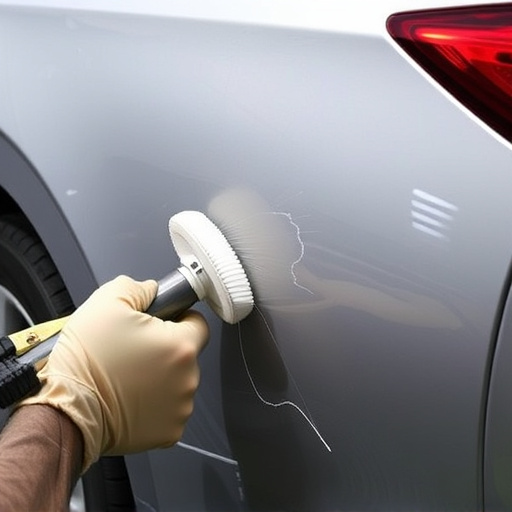
In today’s world, vehicle safety has evolved to include sophisticated systems designed to protect occupants during collisions. Tesla, a pioneer in electric vehicles, integrates advanced safety features such as seatbelt pretensioners into its models. These pretensioners automatically tighten seatbelts upon detecting a collision, reducing the risk of injury by restraining passengers securely. However, after a collision, it’s crucial to understand that a Tesla seatbelt pretensioner reset is necessary for optimal safety and functionality. Ignoring this reset process could lead to incorrect deployment in future accidents.
Guiding principles for handling a Tesla seatbelt pretensioner reset post-collision include consulting the vehicle’s service manual and adhering to manufacturer recommendations. Following a collision, even with minor damage like a fender repair or auto body repair, it’s essential to have a thorough inspection done by qualified professionals. They will assess if the frame has been straightened properly and if there are any underlying issues that could affect the pretensioner’s performance. This meticulous approach ensures that the reset process is carried out correctly, maintaining the integrity of the safety system for every journey.
After a collision, understanding how to safely reset your Tesla’s seatbelt pretensioners is crucial for maintaining optimal vehicle safety. By following the outlined steps and guidelines, owners can ensure these critical safety measures function correctly, enhancing passenger protection. Remember, prompt action post-collision is key, so familiarize yourself with the process before an emergency arises. Stay safe on the road by staying informed about your Tesla’s advanced safety features, particularly the seatbelt pretensioner reset procedure.
